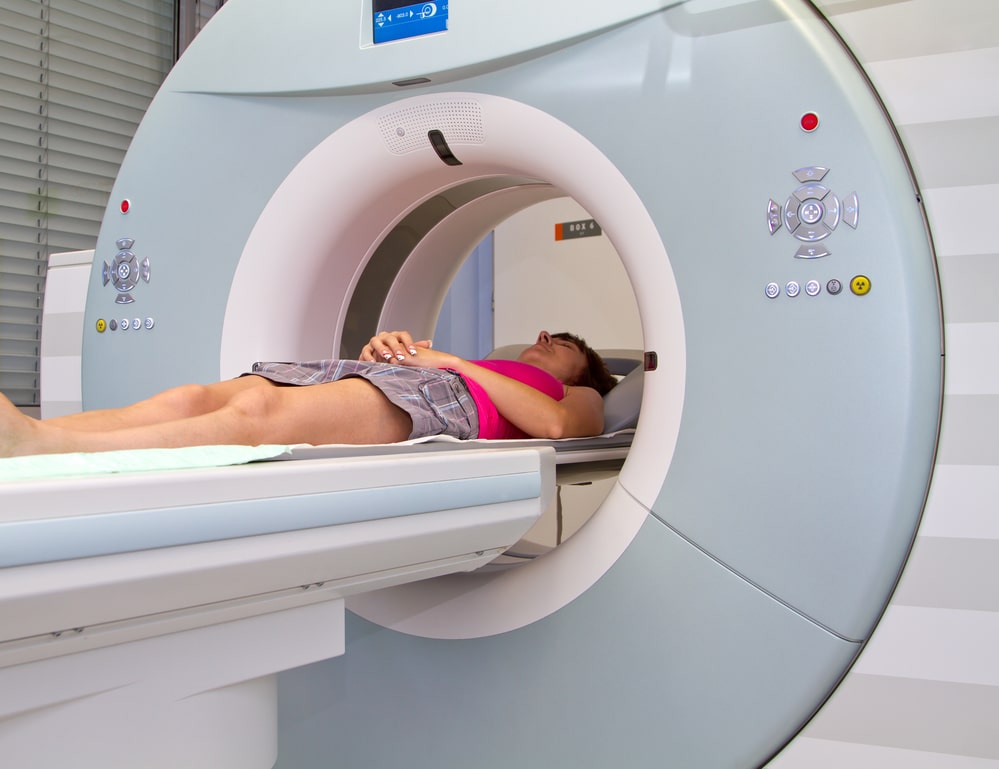When it comes to low back and spine pain, the discomfort and pain they bring almost always make it seem worse than the actual condition.
In many cases, x-ray and MRI for the spine and low back pain can be unreliable. Most back and spine pain go away on its own.
Bulging discs are not usually a cause for concern. Muscle knots, while intense, are not severely dangerous. While being knowledgeable and confident about these types of pain make patients better off, symptoms shouldn’t be overlooked.
When you experience any type of pain – whether it’s in your spine, lower back, neck, or anywhere else in your body, it’s always best to consult a healthcare professional such as a chiropractor to check these conditions. This is to make sure it’s not anything serious.
Worrying Pain
There are cases of low back and spine pain with severe and alarming cases.

However, these are rare cases. Spine and back pain can be a sign of an autoimmune disease, cancer, infection, or a plethora of other conditions.
For people over 50, about one in 15 cases turn out to be a bone fracture. The younger you are, the more it’s likely to believe that back pain is not anything serious.
Regardless, it’s best not to ignore any symptoms – especially if it’s bringing you pain and discomfort – disrupting your day-to-day living. You need to be safe than sorry when it comes to your health.
So how can you tell when you need treatment? In today’s post, we’ll try to narrow down the differences between “threatening” and “ordinary pain” when it comes to the low back and spine pain.
Chronic Spine Pain Is Serious But Not Always Threatening
Low back and spine pain can negatively impact your life. You can be cursed to deal with it for days, months, or even years. It can be classified under “serious conditions” even when it’s not a particularly life-threatening one.

While chronic spine and low back pain has put patients in genuinely miserable conditions, it has never directly caused a life. When doctors and healthcare professionals categorize a condition as “ominous,” it means that it’s genuinely scary and alarming.
Spine pain is ominous when it’s a symptom of a condition that can impale or kill you. And even though it’s rare, doctors sometimes miss something in the diagnosis, and some signs can fly under the radar.
The Worst Spine Pain Is Often the Least Scariest
The good news is, the intensity of spine pain is an unreliable indicator of the condition’s ominousness. While the most chronic and worst spine and low back pain are unbearable, some of the worst causes are less painful.
For instance, in the cauda equina syndrome, the spine pain can be very minimal to none at all. And this particular condition is a serious one.
On the other hand, many non-ominous conditions can result in chronic low back and spine pain. Consider a muscle cramp. It can be severely painful.
However, a muscle cramp is not a life-threatening condition. Painful as it is, the only thing it’s endangering is your comfort.
Don’t Delay These Spine Pain Emergencies
We can’t stress this enough. If you’re feeling any symptoms of pain in your spine, lower back, or any parts of the body, go to your doctor straight away. In this section, we’re going to discuss a few scenarios where low back pain may constitute a trip to the emergency room.
- If you’re in an accident that has fractured or broken your spine.
- If there’s true numbness around your buttocks and groin and difficulty in controlling your bowel or bladder.

While these instances may not necessarily mean something serious is going on, you must make sure to get medically checked.
The symptoms above may be the result of a spinal cord injury, which is extremely life-threatening.
When Should You Worry About Pain?
If you have persistent low back and spine pain, these are the signs you should check for any severe and ominous causes.
- You have been experiencing pain for more than a month.
- The pain is not alleviating and only getting worse.
- Any of these red flags:

- You’re under 20 years old or over 55
- Minor tapping of the spine causes you significant pain.
- Pain in the upper back area, which is more commonly associated with cancer, as opposed to the lower back.
- Unexplained weight loss.
- If you are generally not feeling well in addition to the low back and spine pain.
- If you have a history of autoimmune and other serious diseases.
These are just some of the signs. From your overall health, lifestyle, circumstances, and medical history share any symptoms or changes in your health with your doctor.
